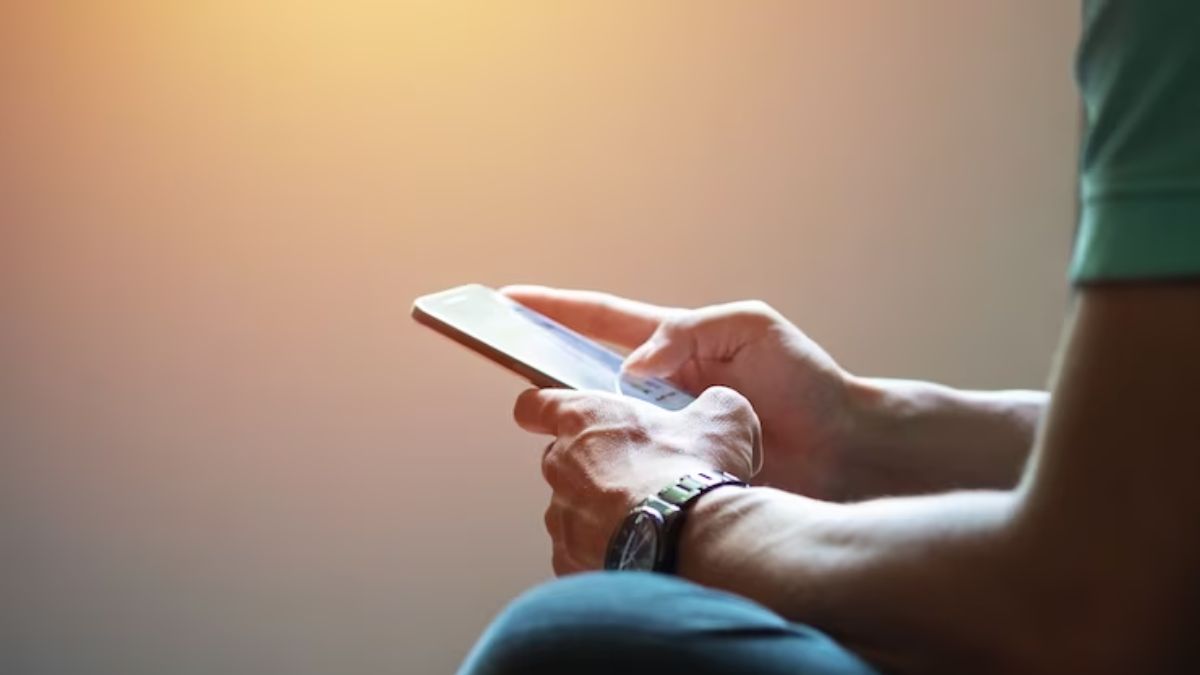4 ways patients use social media to chronicle their weight loss journey

Surgical weight loss is a very impactful experience for patients. It is life-changing and represents conquering a very mighty beast that has lurked over them a very long time. It’s a paradigm shift. It’s a re-birth. And because of that, we often see that patients want to share it. Sharing such experiences can be the best form of therapy. Especially when they are health-related. Patients know that other people have gone through these experiences before, and may be able to lend a helping hand or offer some useful advice. It is a journey, after all.
 Patients aren’t shying away from social media when seeking this support. Through research, Sequence Health has found that patients most commonly use these four social media platforms when chronicling their weight loss surgery journey.
Patients aren’t shying away from social media when seeking this support. Through research, Sequence Health has found that patients most commonly use these four social media platforms when chronicling their weight loss surgery journey.
1. Blogging
Blogs are a great way to publish frequently updated information on the web. Taking Lap Band Gal as an example, patients can turn a blog into an electronic journal of the challenges they’re facing, talk about things they’ve learned, review products, and share how their weight loss is progressing. Readers can subscribe to the blog — or bookmark it — to follow along with the patient’s journey and compare notes, or even ask questions in the comments.
2. Social media platforms
Facebook and Twitter are the most popular social media platforms today. Creating accounts on those platforms, and using those accounts to communicate, is a great way to reach a large audience. And, patients can integrate their blogs with a social media platform to talk to the audience they’ve already attracted. Unlike blogs, Facebook and Twitter are great for daily updates. So patients can use one (or both!) to talk about the day’s weigh-in, what they ate, or ask a question, and it will be easily and widely seen.
3. Message boards
Message boards are all about community and reciprocation. With message boards, patients can choose a topic and read a conversation or contribute to one. Obesity Help has a great message board for bariatric patients to participate in.
4. Video blogs (or “vlogs”)
With popular video platforms such as YouTube and Vimeo, independent video publishing has become a breeze, and bariatric patients are increasingly using videos to chronicle their journey. It’s as easy as sitting down in front of a web cam or phone with video capabilities and recording yourself. Most phones have the ability to post the video directly to YouTube without any editing or file conversion. Banded Wendy is a hugely popular vlogger.

“So, what does that have to do with my practice?” you may be wondering.
The key for practices is to be involved with patients during their journey. As bariatric surgeons know best, the effort doesn’t stop when the patient leave the operating table. It’s a continuous, lifetime-spanning change. You can be a part of that journey and easily communicate with the patient through the use of social media.
To find out how Sequence Health can help you use social media, visit our website or call 8889863638.





